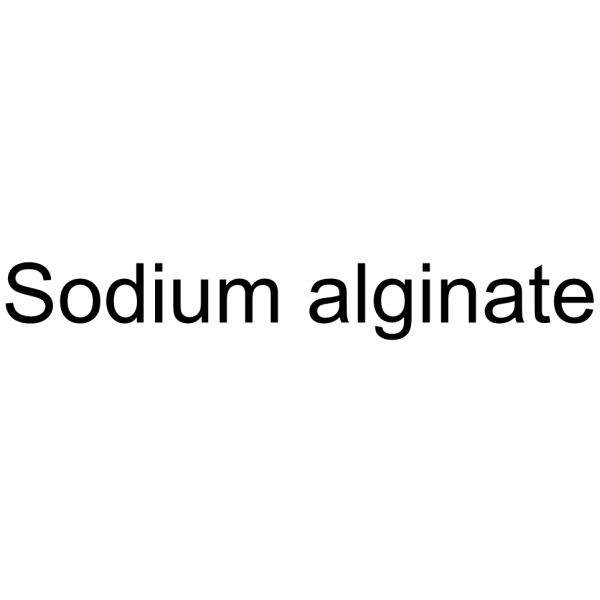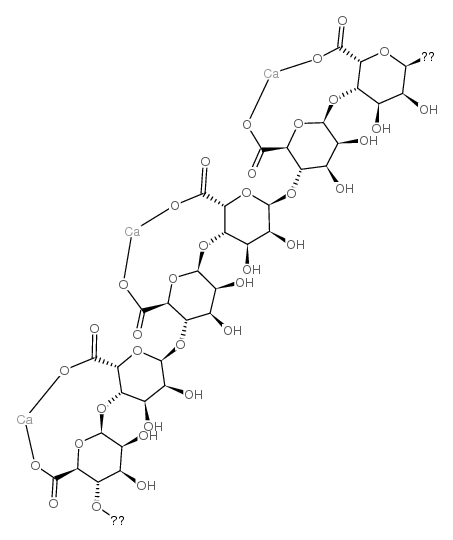| Structure | Name/CAS No. | Articles |
|---|---|---|
 |
Sodium alginate
CAS:9005-38-3 |
|
 |
β-D-Mannopyranuronic acid
CAS:9005-32-7 |
|
 |
Calcium alginate
CAS:9005-35-0 |